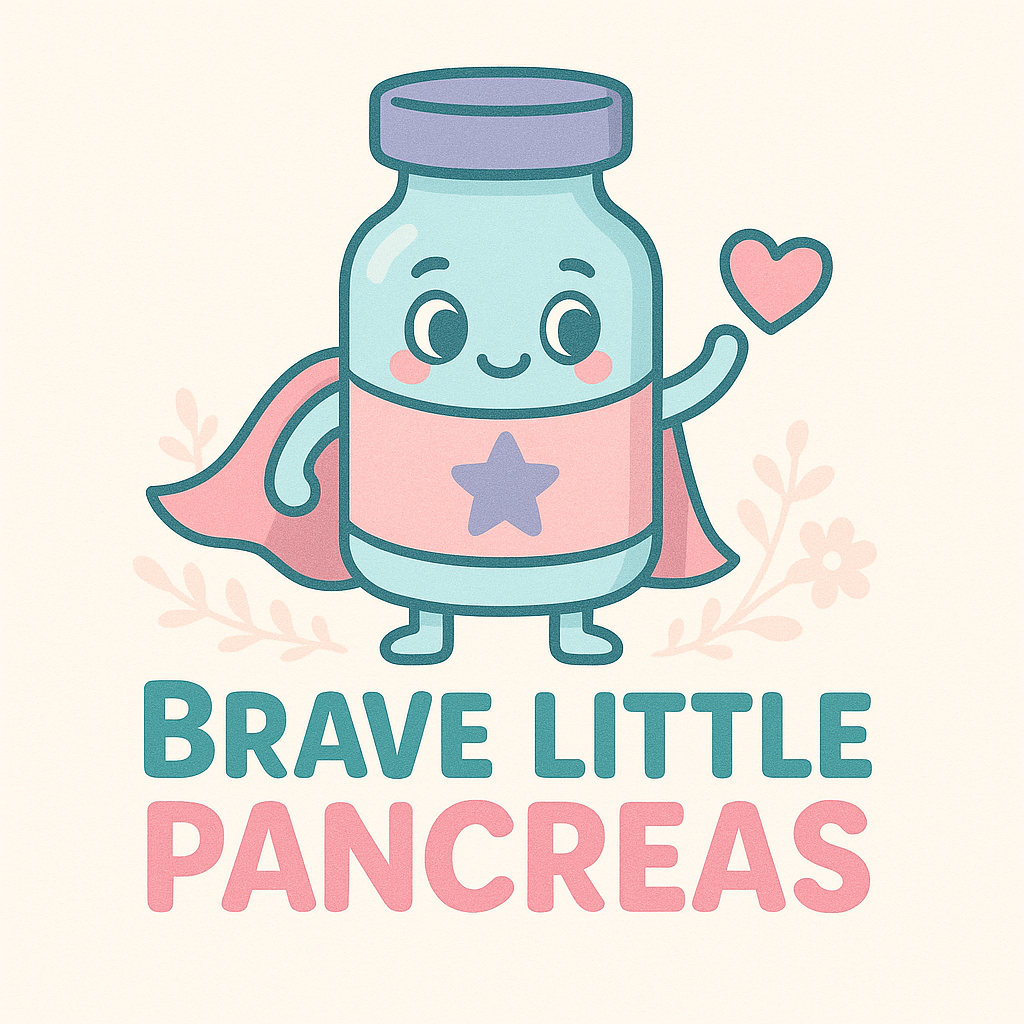In this lesson, you’ll learn:
✔️ Why routines matter for kids with Type 1 Diabetes
✔️ Key times to check blood sugar and give insulin
✔️ How to integrate diabetes care into everyday life
✔️ Tips for building routines without feeling rigid or overwhelmed
Type 1 Diabetes requires daily management — but it doesn’t have to control your family’s life. Every family finds their own rhythm with Type 1 Diabetes. You don’t have to be perfect — routines are here to make life easier, not harder. Routines provide:
Consistency: Less stress from last-minute decisions.
Safety: Regular checks catch highs and lows early.
Confidence: Kids know what to expect, which reduces anxiety.
Flexibility: Once the foundation is set, you can adapt routines as your child grows.
Core Daily Diabetes Tasks
Here are the key anchors most families build routines around:
Morning check: Blood sugar, breakfast carbs, insulin dose.
Meals + snacks: Carb counting, insulin dosing, post-meal checks.
Activity/exercise: Check before, sometimes during, and after activity.
Bedtime: Blood sugar check, snack if needed, confirm pump/basal settings.
Overnight (if recommended): Some families do one check in the night, especially early after diagnosis.
Example Daily Routine
Morning:
Blood sugar check → insulin for breakfast → quick supply check (meter, strips, snacks packed).
School/Daytime:
Teacher/nurse helps with checks before lunch/snacks. Share your child’s routine with teachers, coaches, or babysitters so they feel confident helping too.
Supplies in backpack: low snacks, glucagon, water bottle.
After School/Evening:
Check before sports or playtime.
Carb count dinner → insulin.
Family walk, homework, downtime.
Bedtime:
Blood sugar check.
Quick review of pump/insulin log.
Snack if needed for stable night.
Tips for Building Routines That Stick
Start small: Add one habit at a time (e.g., bedtime check) before layering on more.
Use reminders: Phone alarms, smart watches, or calendar notifications.
Get kids involved: Let them scan their CGM, pick a snack, or press the insulin pen button.
Make it visual: Charts, stickers, or habit trackers help kids stay engaged.
Leave room for flexibility: Vacations, sleepovers, and sports will change things — and that’s okay.
Routines give your child a sense of normalcy and help you feel more confident. Remember — flexibility is part of the process. Some days will flow smoothly, others may feel chaotic, and that’s okay. What matters most is that your child feels safe, supported, and cared for.
Quick Parent Tip
Your routine should support your child — not restrict them. It’s about creating a sense of normalcy while still keeping them safe.
Next Lesson Preview: Handling Emergencies — what to do when blood sugar goes too high, too low, or when unexpected situations happen.


